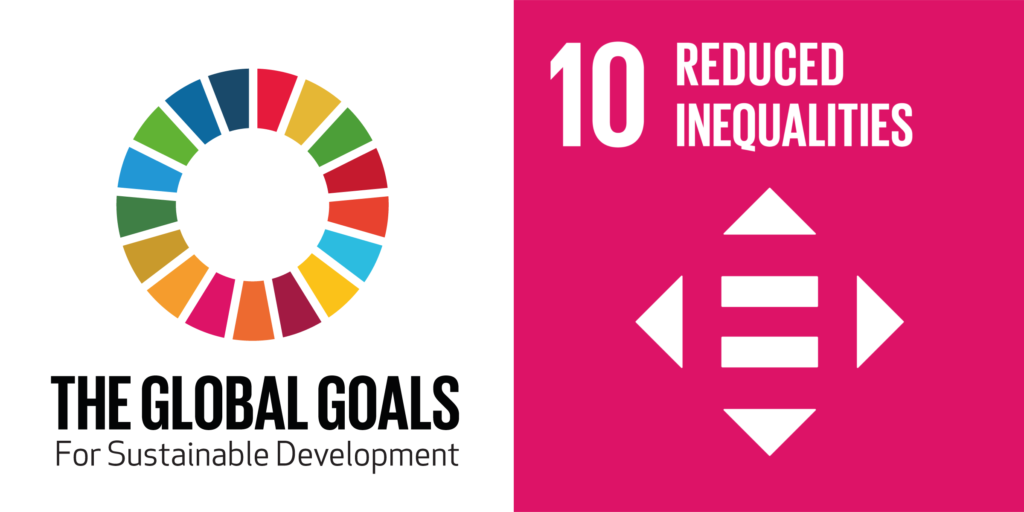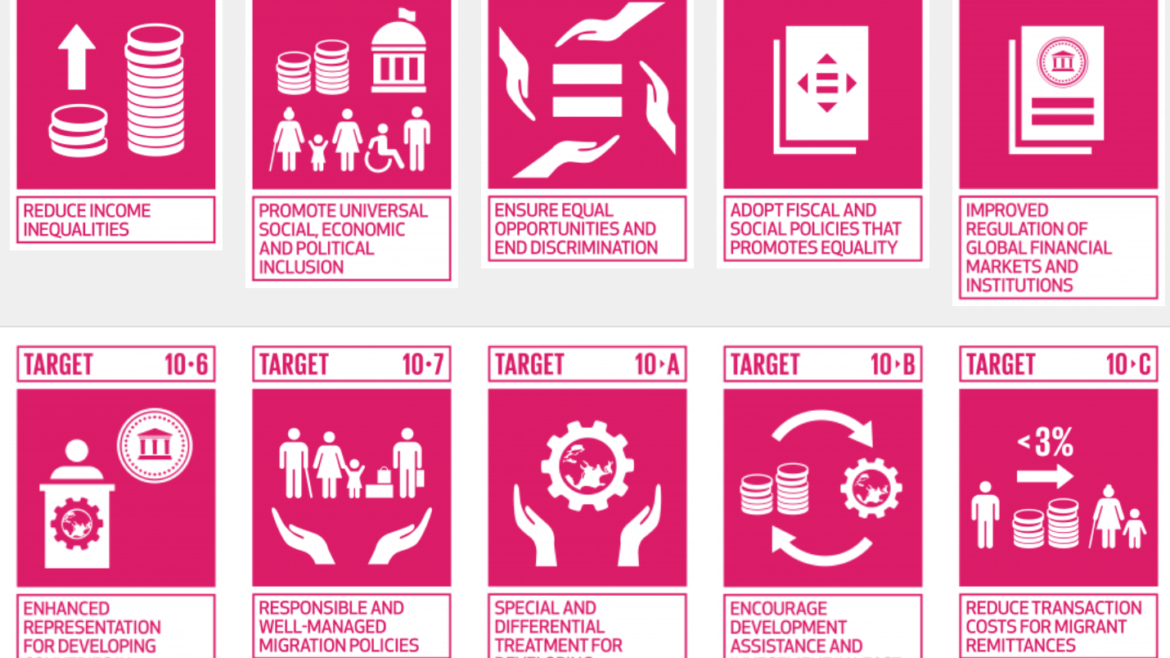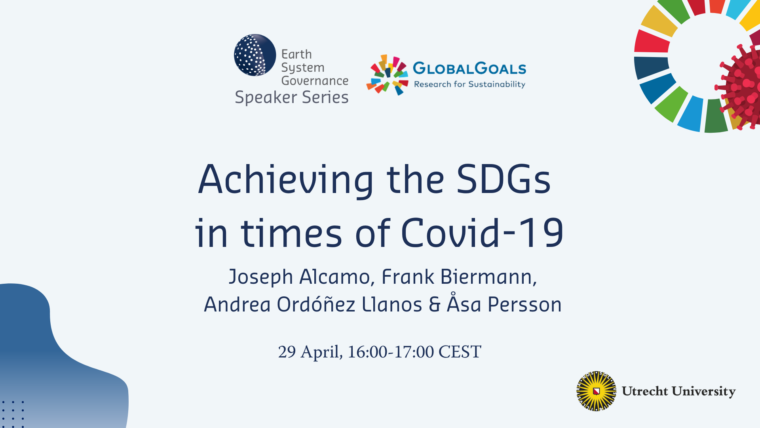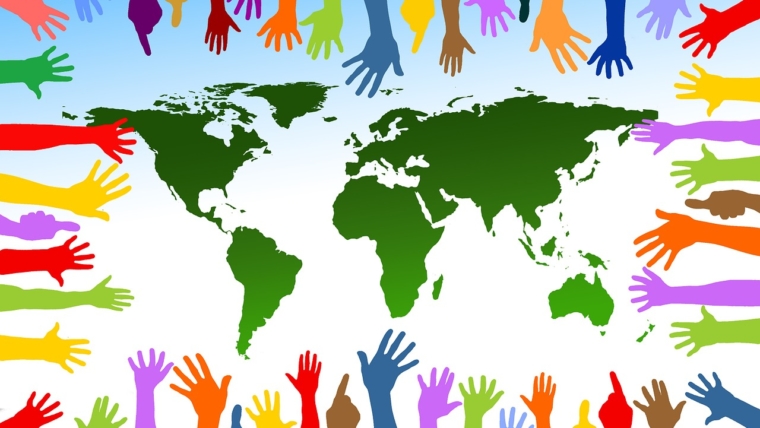Does SDG 10: Reduced Inequalities signify a new global norm?
In response to growing political concerns about the rise in inequality within and between countries, the 17 Sustainable Development Goals adopted in 2015 by the UN and its member states include Goal 10, which appears to be a groundbreaking goal to reduce inequality. For her MSc Thesis at Utrecht University Anne Luijten attempted to discover why member states included this goal in its current form, and whether it signifies a new global norm. She did this by analyzing the negotiation process on the goal, and its accompanying targets and indicators.
Through desk research using existing literature such as position papers, meeting statements, and theoretical literature, Luijten found that reducing inequality emerged as a potential new global norm very early on in the negotiation process. However, the UN Open Working Group on SDGs – a group of 70 member states charged with proposing a set of SDGs – could not agree about what, exactly, the norm on inequality should be.

Diverging conceptualizations of inequality
Because stakeholders had diverging conceptualizations of inequality, they did not agree on what the emergent norm should cover. Civil society organizations demanded a global norm on reducing vertical economic inequality, meaning the reduction of the gap in income and wealth between individuals. They also wanted this norm to take the form of a stand-alone goal, to show its importance.
On the other hand, member states framed inequality as horizontal inequality, meaning inequality between social groups. They promoted targets that were about increasing access to resources, lowering discrimination, and increasing social inclusion, but they did not address the gap in wealth between the poor and the rich. They also preferred to see inequality addressed throughout the framework (as part of the other goals), which was less politically sensitive.
Breakthrough: developing countries join CSOs to support a stand-alone goal
A breakthrough happened when developing countries, unsatisfied with the lack of between-country inequality targets in the OWG-proposal at the time, also started demanding a stand-alone goal. This resulted in goal 10 on inequality and ten accompanying targets.
Not as transformative as it could have been
At face value, the goal conveys a transformative global norm, but this is misleading as CSOs were unable to gather enough support from states for a target to reduce the gap between the top and bottom incomes. Because of this lack of member state support, the emergent global norm on reducing vertical economic inequality was not internalized. In combination with watered down targets and indicators, this led to a misalignment between the title of the goal and its content; even if all targets are achieved, inequality in income and wealth between and within countries could continue to grow. Future research could explore what this means for its steering effects: is this novel goal taken up at all by (inter)national actors working towards achieving the SDGs, or do its novelty and weak targets and indicators avoid this from happening?
Interested to read more? You can download Anne’s thesis through the Utrecht University Repository here.



